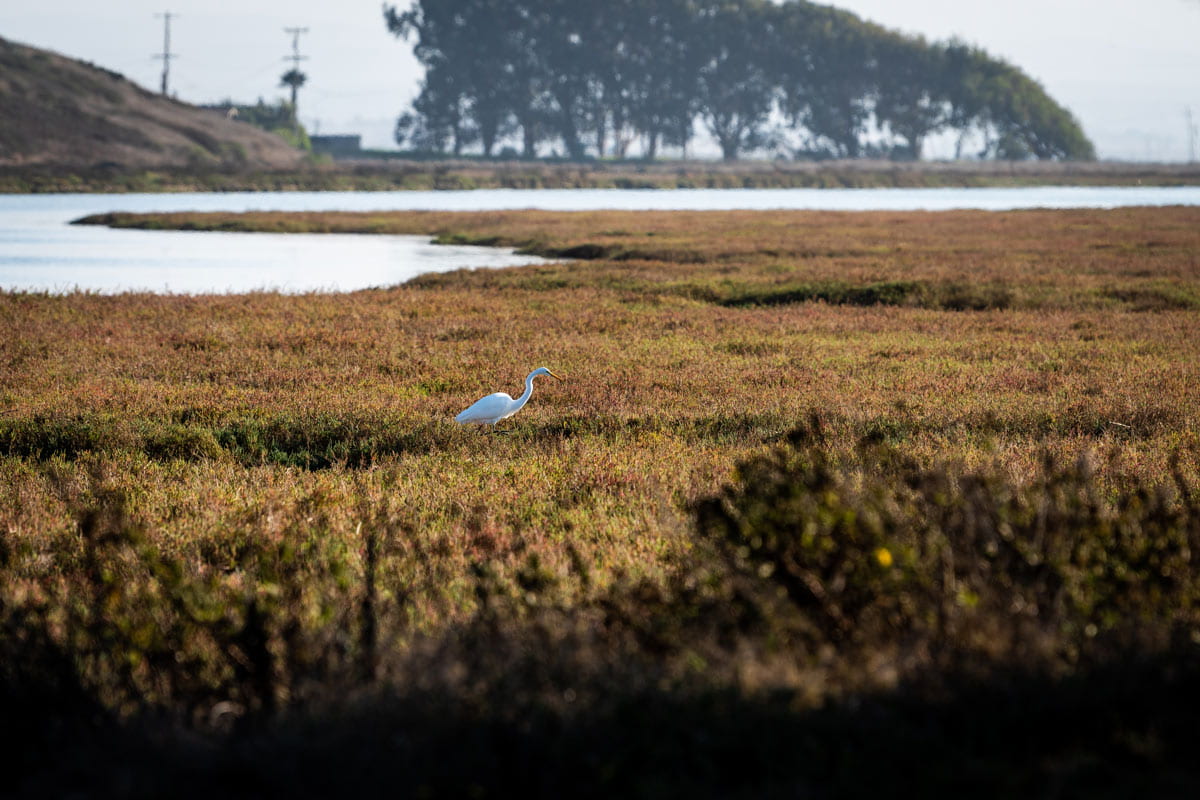Assistant Professor of Urban and Regional Planning Ahoura Zandiatashbar scoured publicly available data and found that although we have limited our visits to stores, Americans are still visiting parks and beaches at near pre-pandemic rates.
In the journal Landscape and Urban Planning, Zandiatashbar—a newly hired faculty member in SJSU’s Department of Urban and Regional Planning in the College of Social Sciences—published a study he co-authored with Shima Hamidi, of the Johns Hopkins Bloomberg School of Public Health.
Using publicly available data, Zandiatashbar and Hamidi looked at millions of trips in 771 counties. Their model studied the period when the COVID-19 pandemic reduced daily visits to grocery stores, pharmacies and transit stations. They found that people visited “essential” destinations such as grocery stores 13 percent less frequently, yet they did not shy away from visiting parks and beaches.
“It gives us a clue that parks are quite important, because people are not reducing their visits,” Zandiatashbar said. “Staying at home increases anxiety. To reduce it, people are relying more and more on park facilities.”
People in more densely populated areas significantly reduced their trips to stores, but not to outdoor spaces—“possibly due to the smaller homes, lack of private yards and the higher level of anxiety amid the pandemic,” the study found. Residents who lived near restaurants may also have more affordable ways to order home delivery online. Reduced in-person shopping leaves time for more frequent park visits, Zandiatashbar said.
Zandiatashbar and Hamidi examined areas based on “compactness”—a measure of four factors: population density, land use, activity centering (how spread out activities are) and walkability. Over the years, compact, dense walkable residential development has been demonstrated to have multiple health benefits. However, the COVID-19 pandemic had some people questioning whether high population densities would be associated with increased viral transmission. “From day one of COVID-19,” Zandiatashbar said, “there was a perception that urban density spreads the virus, but multiple research studies show that urban density was not positively associated with spread of virus, which was interesting.” Residents of less dense areas may consolidate trips, making rarer visits to a single big-box store for grocery, pharmacy and other purchases—but they may also take fewer precautions.
Zandiatashbar and Hamidi surmise why people in denser areas might not necessarily be spreading the virus more widely. “Residents of dense areas have a greater exposure to first-hand information about the susceptibility to the virus,” the study reads. “Knowing people who are being infected is a more powerful force in following social distancing advisories than just hearing about the disease from the media outlets.”
“This finding shows the need for a closer attention to parks,” Zandiatashbar said. During stay-at-home orders, policy should support public use of parks and beaches, while maintaining precautions to prevent them from becoming spreader places, he said. “Local authorities need to be aware that people are going to visit parks more often. Therefore, they have to increase the infrastructure in the parks to make sure that social distancing is being maintained,” Zandiatashbar said.
COVID-19 notwithstanding, he said, “Public parks are a public health resource and great assets in the community. During shelter in place, we saw that park visits are more important than ever and necessary for mental health.”
NPR’s Marketplace reported that steady, intensive public visits to parks now add costs to the strained budgets of the local governments tasked with the additional expense of sanitizing and cleaning them.
“Our policy suggestion includes public education on how to use parks during lockdown or shelter in place. When we saw the results we were happy that people are trying to get some relief from stress. There’s a need for more public education and public information on how to use parks during this time.”
Zandiatashbar is an expert in mining geospatial data, locating patterns such as those found here. The publicly available Google data was based on anonymized mobility information from millions of Android, iPhone and Google Maps users.
Frequently partnering with local communities, Zandiatashbar has published widely on the impact of urban development on the knowledge economy. His research aims to provide data analysis that assists communities with better decision making.

